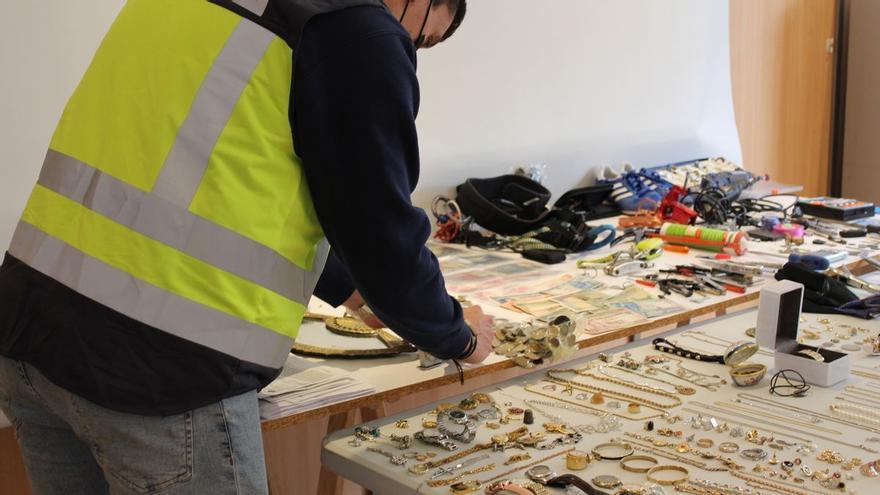Cancer is the leading cause of death in the world. In 2020, almost 10 million deaths were attributed to this disease, that is, almost one in six of those registered. In the female population, ovarian cancer is not as frequent as breast or cervical cancer, but its survival rate is the lowest. Cases are projected to increase 42% by 2040.
This Sunday the 8th is World Ovarian Cancer Day. A date to give visibility to this type of tumor that almost 250,000 women in the world are diagnosed with every year, of whom around 140,000 die, about 56%. This depends on different prognostic factors, such as the stage and the residual tumor after surgery, the main one being the extension of the disease at diagnosis,
The probability rate of surviving five years after diagnosis is 45%. While that of women with breast cancer is double (89%). However, when diagnosed at an early stage (when the tumor is localized), approximately 94% of patients live more than 5 years after diagnosis.
In Spain, around 3,600 new cases are diagnosed each year. It is the sixth most frequent and the fifth deadliest among women in the country. Behind breast, lung, colon and uterus cancer, according to data from the Spanish Society of Medical Oncology (SEOM). Meanwhile, the World Ovarian Cancer Coalition projects that cases will increase 42% by 2040.
Facts and characteristics of ovarian cancer
The symptoms of ovarian cancer are nonspecific, such as abdominal swelling, frequent urination, constipation or diarrhea. As well as a feeling of continuous fullness or lack of appetite. Therefore, they can be confused with other pathologies, causing a delay in their detection. In fact, 75% of cases are diagnosed in advanced stages, leading to a worse prognosis.
Regarding the risk factors in the appearance of ovarian cancer, age can be a determining factor. It is unusual for a patient to be diagnosed with ovarian cancer at an early age.
They warn the SEOM that the usual is usually in an age range between 45 and 75 years. Likewise, there are another series of risk factors in the detection of cancer. In ovarian cancer, it is associated with pelvic disease or hormone replacement therapy that could be associated with ovarian cancer.
The genome atlas “has taught us that there are at least 5 histological subtypes of ovarian cancer. Each one of them with different molecular alterations and different evolution and response to treatments”, said Dr. María Jesús Rubio Pérez.
The Medical Oncologist at the Reina Sofía Hospital in Córdoba confided that this meant that “we began to treat our patients individually. In a clear example of precision medicine. Giving the right treatment to the right patient at the right time.”
He also explained that the arrival of new therapeutic targets such as PARP inhibitors (enzyme that repairs cell damage and is inhibited so that it does not repair cancer cells and they die). And its important impact on survival is changing the prognosis of women with this disease.
Early detection and studies
On the occasion of World Ovarian Cancer Day, the Association of People Affected by Ovarian Cancer (ASACO) will hold a conference to publicize the scope of the disease and the latest research.
Science has provided better ways to screen for high-risk genes and to assess a woman’s risk of ovarian cancer. Better understanding how genetic and hormonal factors (such as oral contraceptive use) interact as well and may lead to better ways to prevent ovarian cancer.


